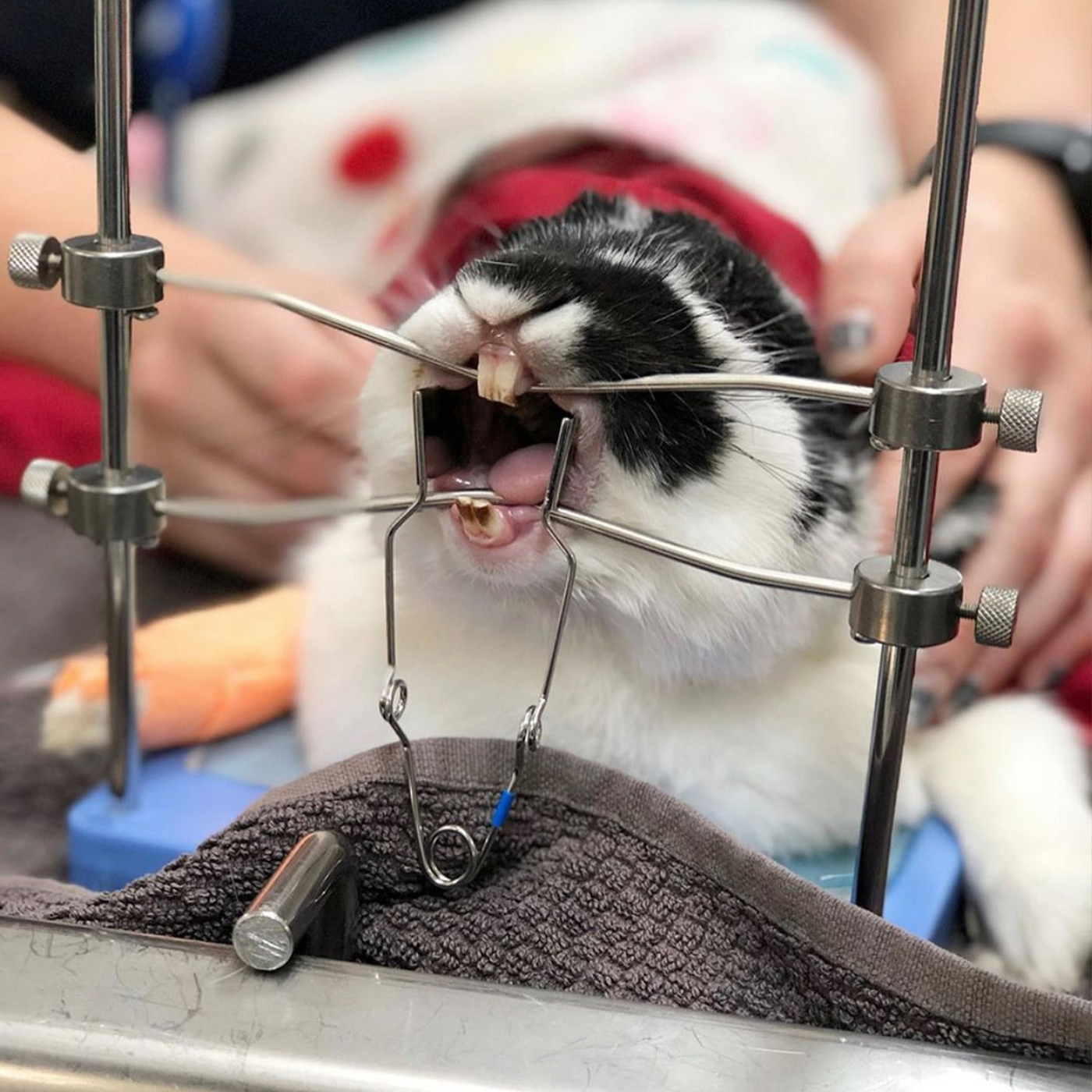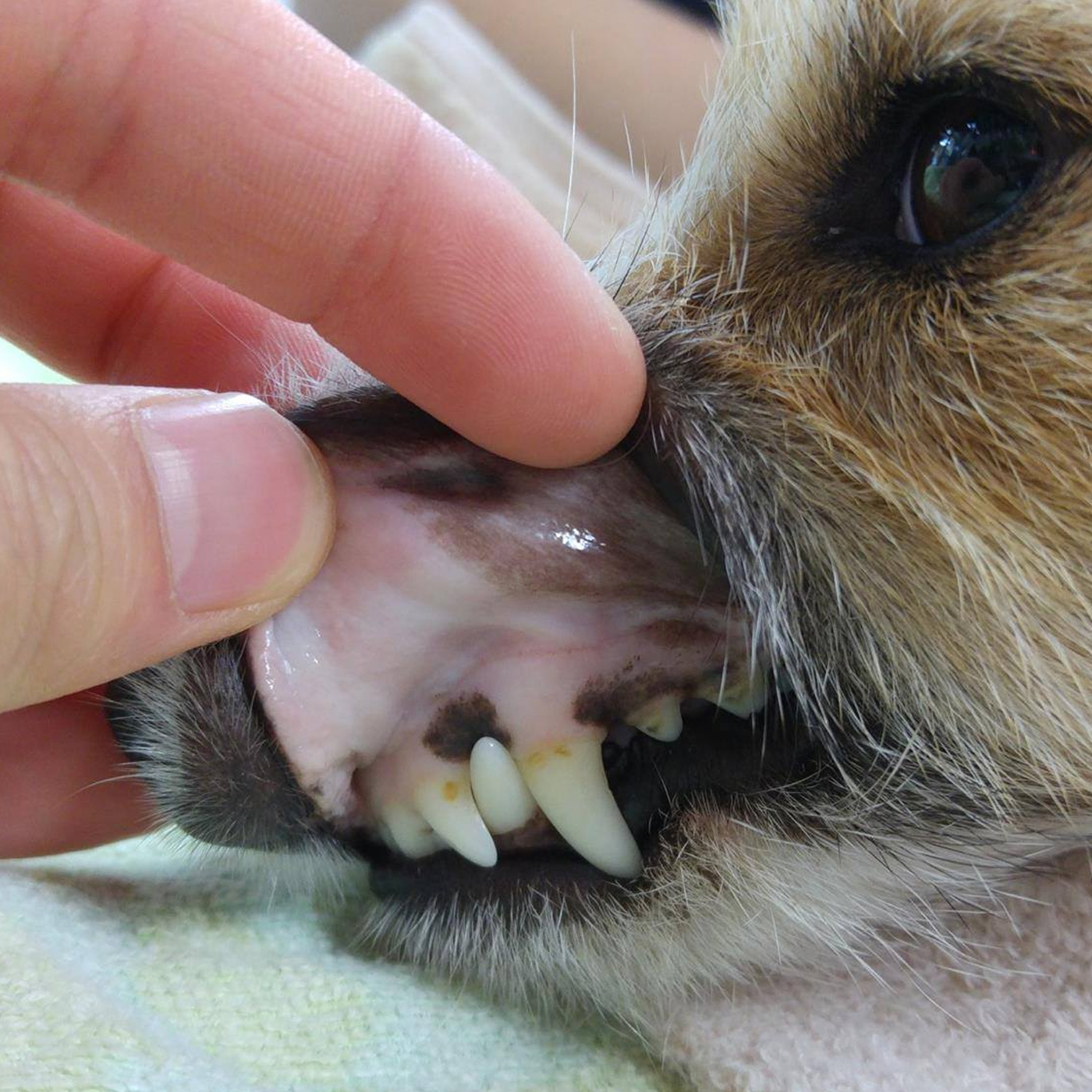Pet Dentistry

Good dental hygiene is just as important in our pets as it is in us. The staff at Ballarat Veterinary Practice wants your pet to be in the best condition they can, and this includes their breath and their teeth.
Dentistry is a rapidly growing area of veterinary science. We have seen a greater awareness over the last 25 years of its importance to the overall health of the animals we treat.
Just like humans, your pets’ teeth need looking after to.
Dental disease begins with a build-up of bacteria in your pet’s mouth. Bacteria, combined with saliva and food debris, can cause plaque to accumulate on the tooth. As calcium salts are deposited, plaque turns to tartar (brown or yellow material starting near the gum line of the tooth).
Without proper preventive or therapeutic care, plaque and tartar build-up lead to periodontal disease, which affects the tissues and structures supporting the teeth. Periodontal disease can cause oral pain, tooth loss and even heart or kidney problems.

- Yellow-brown tartar around the gum line
- Inflamed, red gums
- Bad breath
- Change in eating or chewing habits (especially in cats)
- Pawing at the face or mouth
- Excessive drooling
- Pain or bleeding when you touch the gums or mouth
If your pet is showing any of these signs of dental disease, please book an appointment to see one of our veterinarians. Early assessment and action can save your pet’s teeth!
What if my pet has dental disease?
Firstly, you should have your pet’s teeth examined by one of our veterinarians on a regular basis and if necessary, follow up with a professional dental treatment. Your pet needs to be anaesthetised to carry out a thorough dental examination, and to clean all teeth without distressing them.
You may have heard of Non-Anaesthetic Dentistry (NAD). NAD is a process where the animal is physically restrained while the tartar is “cracked” off without any anaesthesia. Not only does this cause stress to pets, it only removes the cosmetic effect of tartar and calculus from the tooth, it is not solving the problem. The plaque and bacteria that need to be removed lie under the gum and it is this that if not removed, will lead to continuing periodontal disease and worsening of the disease an dental pain to the animal. On top of that, the tooth surface remains roughened allowing bacteria and plaque to start reforming immediately. The only way an oral exam and treatment can be done right is under a general anaesthesia.
Once anaesthetised, a complete dental examination is carried out. This process involves charting all present teeth and evaluating their condition, including the degree of tartar, gingivitis (gum inflammation) and any pockets in the gums around the teeth. Our veterinarians will then remove the tartar using a special ultrasonic scaler, just like a dentist uses for our teeth. If the dental disease is not severe, the procedure may end here.
However, if certain teeth are so severely affected, they cannot be saved, extractions may be necessary. In some cases, oral surgery is required to extract the teeth and to close the holes left behind.
Pets are generally able to go home on the same day with pain relief as required.
Following a professional dental clean, a plan needs to be implemented to minimise build-up of tartar again and will depend on the severity of your pet’s dental disease. This may involve regular tooth brushing, feeding raw meaty bones and/or a special diet. It is recommended that all pets be examined 6 months after dental cleaning to determine the effectiveness of your dental care routine.
Note: Did you know that dental disease can also occur in rabbits and is often underestimated? Dental disease in rabbits is a major cause of mouth abscesses, runny eyes and lack of grooming. We have a range of equipment that enables us to perform a complete oral assessment and treatment on your rabbits and guinea pigs. Their health is important too.
Pet Emergency?
If you have an AFTER HOURS EMERGENCY between the hours of 6pm and 8am please call
Companion Animal Emergency Number
